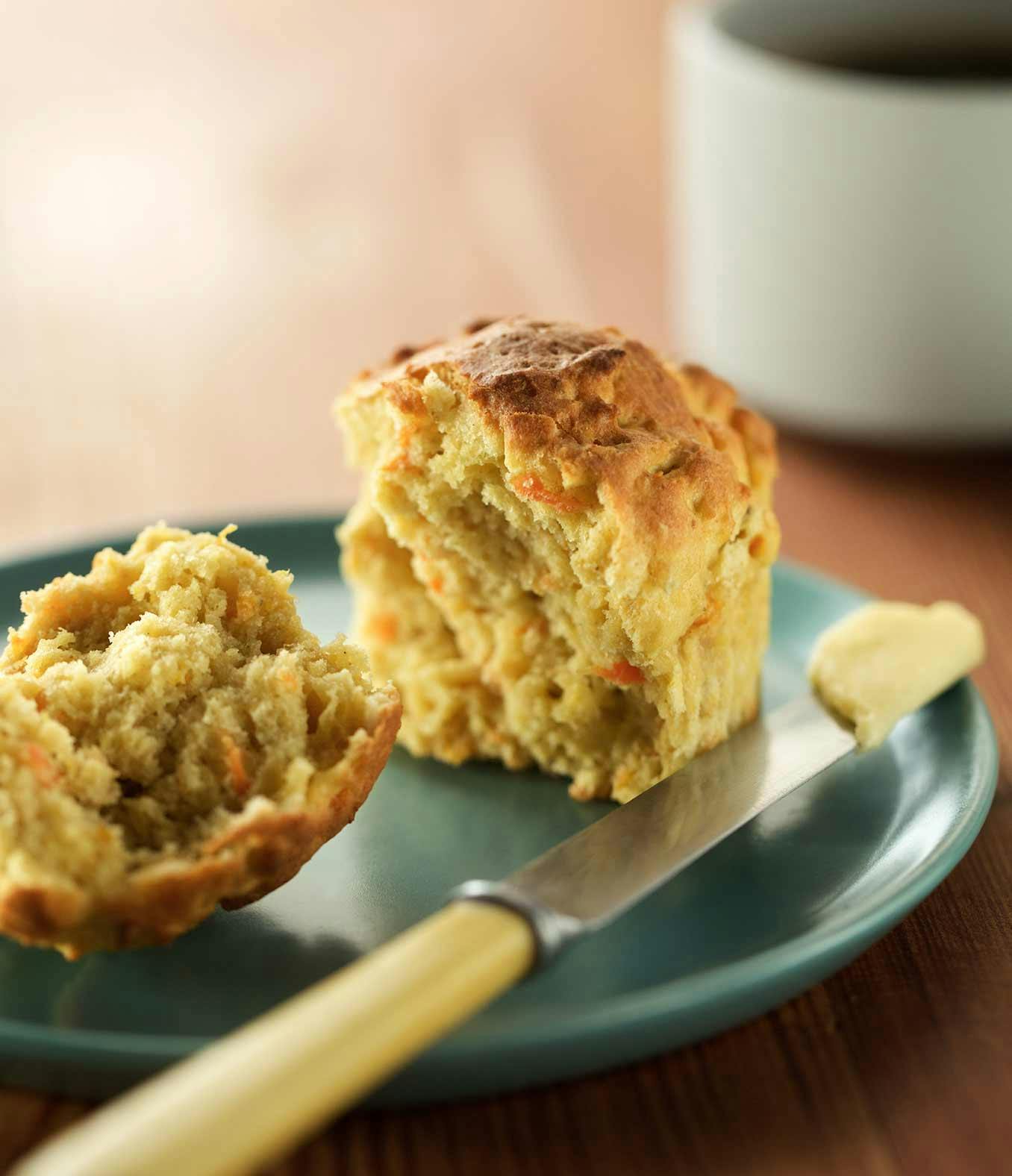
REDUCED FAT 2% MILK



Reduced Fat 2% Milk, Ultra Pasteurized, Quart
Organic Valley Reduced Fat 2% Milk offers naturally occurring omega-3, CLA and calcium in each serving, with a little less fat than whole milk. Some of the butterfat is skimmed off the top to reduce the fat content, and the rest is just the magic of happy, pasture-raised cows.
Always Organic
Absolutely NO antibiotics, synthetic hormones, toxic pesticides or GMO anything.
Storage and Handling
Keep refrigerated. Freshest tasting within 7 days of opening. Best if used by date stamped on top.
Ingredients
Organic Grade A Reduced Fat Milk, Organic Grade A Fat Free Milk, Vitamin A Palmitate, Vitamin D3.



Nutrition Facts



Recipes
Frequently Asked Questions
Lowfat milk is made by removing fat with centrifugal force until the correct level of butterfat is achieved. This is the standard process used to produce varying fat levels in milk. The remaining butterfat is used for making Organic Valley butters and creams.
The FDA accepts various product descriptors (Standards of Identity) for milk that has less than 0.5g of fat per cup. Organic Valley uses three different terms - Nonfat, Fat-Free, and Skim - based on the regional preferences of our consumers. Zero Fat and No Fat are also accepted by the FDA, though not used by Organic Valley.
You can freeze milk to preserve it but be forewarned that it disrupts the fat and protein in the milk, especially when freezing non-homogenized milk or creams. Freezing cream will give you a product with a grainy texture that will not whip well.
High Temperature/Short Time (HTST) is the most common form of pasteurization in the dairy industry. Milk is heated to a required minimum temperature of 161°F for 15 seconds and pasteurized to kill any pathogenic bacteria that may be present. It is common to find a date code between 16 and 21 days from the date of manufacture on our HTST milk. This ensures a fresh, wholesome dairy product.
The HTST process is referred to as 'pasteurized' on the milk package. Organic Valley offers gallons and some half gallons of milk with HTST pasteurization.
Ultra-pasteurized (UP) milk has been flash-heated with injected steam to 280 degrees and then vacuum chilled rapidly. The result is milk with a longer shelf life.
Milk is a source of both. The casein and whey found in dairy milk make it a protein source, and the natural sugars in milk give this drink carbohydrates. Choosing dairy milk will ensure you receive carbohydrates and protein, as well as other essential nutrients like calcium.















